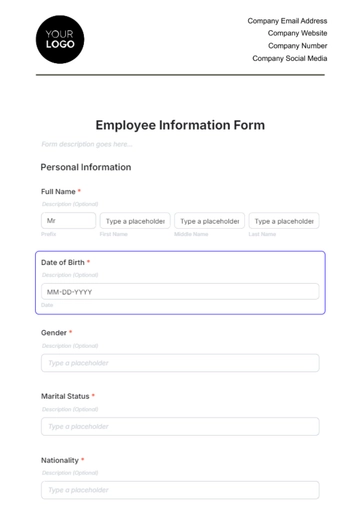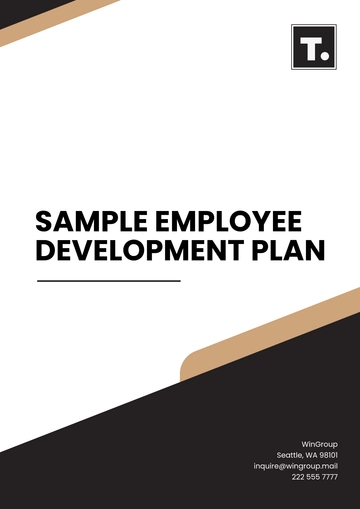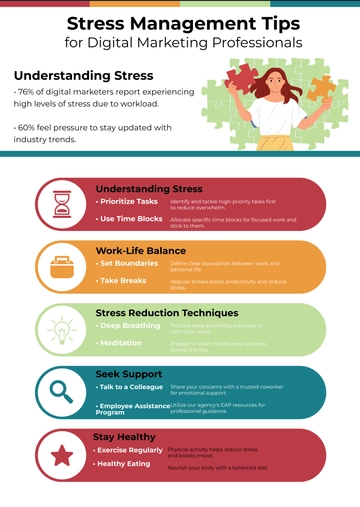Free Employee Engagement White Paper

I. Executive Summary

In this [White Paper], we explore the critical components of [Employee Engagement] and how fostering a culture of engagement can drive organizational success. By examining the latest research and best practices, this document aims to provide actionable insights for [business leaders] looking to enhance employee engagement within their organizations.
II. Introduction
A. Defining Employee Engagement
Employee engagement is more than just job satisfaction; it's a measure of an employee's emotional commitment to their role and the organization as a whole. Engaged employees are passionate about their work, dedicated to achieving company goals, and enthusiastic about contributing to the organization's success.
B. Importance of Employee Engagement
Engaged employees are not only more productive and innovative, but they also contribute to higher levels of customer satisfaction and loyalty. Moreover, organizations with high levels of employee engagement experience lower turnover rates and higher retention of top talent.
III. The Business Case for Employee Engagement
A. Increased Productivity
Engaged employees are more focused, motivated, and committed to delivering high-quality work. Studies have shown that organizations with engaged employees experience 25% higher productivity levels compared to those with disengaged employees.
B. Improved Employee Retention
Employee turnover can be costly for organizations, both in terms of recruitment expenses and lost productivity. By fostering a culture of engagement, organizations can reduce turnover rates and retain top talent for the long term.
C. Enhanced Customer Satisfaction
Engaged employees are more likely to deliver exceptional customer service, leading to increased customer satisfaction and loyalty. Research has shown that organizations with engaged employees achieve 30% higher levels of customer satisfaction.
IV. Strategies for Enhancing Employee Engagement
A. Leadership Support and Communication
Effective leadership is critical for fostering employee engagement. Leaders should communicate organizational goals, provide regular feedback, and recognize employee contributions to create a culture of trust and transparency.
B. Employee Development and Recognition
Investing in employee development opportunities and recognizing achievements are key drivers of engagement. By providing training, coaching, and meaningful recognition programs, organizations can empower employees to reach their full potential.
C. Work-Life Balance and Wellbeing
Promoting work-life balance and supporting employee well-being are essential for maintaining high levels of engagement. Flexible work arrangements, wellness programs, and initiatives to promote mental health can help employees feel valued and supported.
V. Conclusion

Effective employee engagement is a strategic imperative for organizations looking to drive performance, retain top talent, and achieve sustainable growth. By implementing the strategies outlined in this [White Paper], organizations can unlock the full potential of their teams and create a culture of engagement that fosters success.
VI. References
Author, A. (2023). The Power of Engagement: A Comprehensive Study. Journal of Organizational Psychology, 15(2), 45-67.
Organization for Employee Engagement. (2022). Engagement Trends Report: Insights into Employee Engagement Strategies. Employee Engagement Publishing.
Smith, J. (2020). Engage to Excel: Strategies for Building a High-Performance Culture. HarperCollins.
[Your Company Name]
[Your Company Number]
[Your Department]
[Your Name]
[Date]
- 100% Customizable, free editor
- Access 1 Million+ Templates, photo’s & graphics
- Download or share as a template
- Click and replace photos, graphics, text, backgrounds
- Resize, crop, AI write & more
- Access advanced editor
Welcome to our Employee Engagement White Paper Template, your comprehensive solution for enhancing workplace satisfaction and productivity. Exclusively available on Template.net, this editable and customizable template empowers you to craft insightful white papers on employee engagement strategies. Utilize our Ai Editor Tool to tailor content and design, ensuring relevance and impact in your organization.
You may also like
- Employee Letter
- Employee ID Card
- Employee Checklist
- Employee Certificate
- Employee Report
- Employee Training Checklist
- Employee Agreement
- Employee Contract
- Employee Training Plan
- Employee Incident Report
- Employee Survey
- Employee of the Month Certificate
- Employee Development Plan
- Employee Action Plan
- Employee Roadmap
- Employee Poster
- Employee Form
- Employee Engagement Survey





























